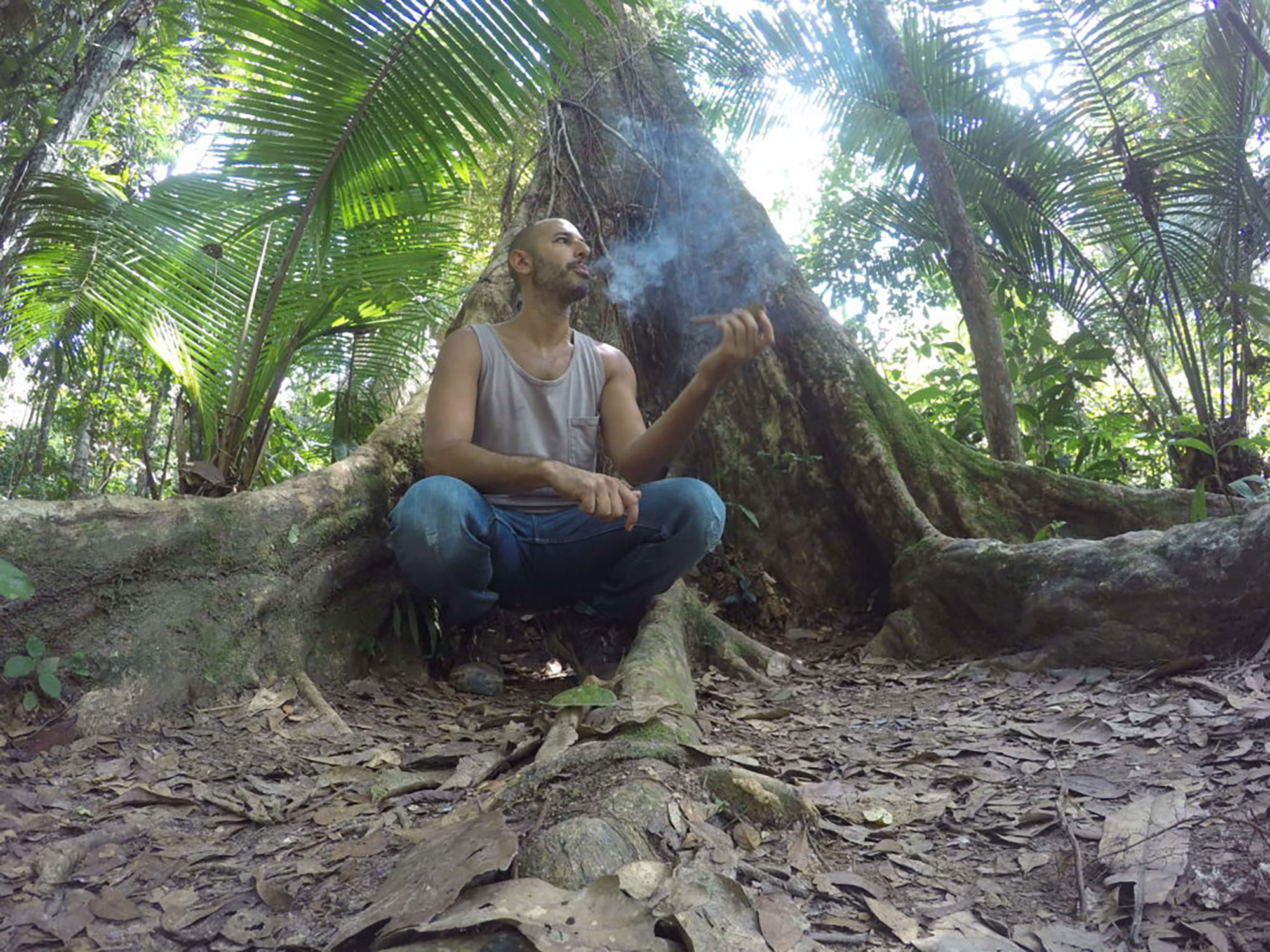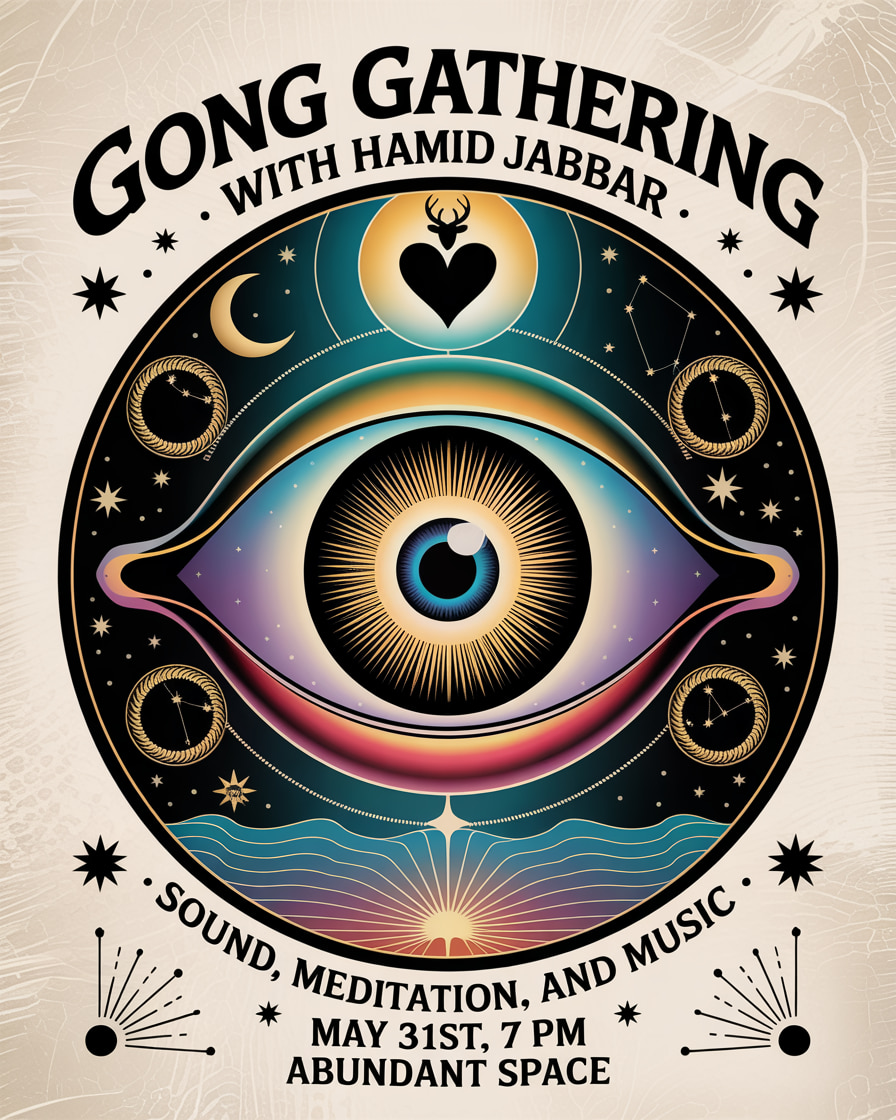Long before the pills we in the West call “medicine” were invented, people around the world used plants to heal all manner of disease. Many people assume that Western style allopathic medicine is the most advanced medicine available, when in fact, many of the systems considered “alternative” today are more effective, safer, and less costly. The predominance of the western allopathic approach can be attributed to a number of factors, including the government’s endorsement, widespread acceptance of the practices by insurance companies, and the overwhelming influence of drug makers. Yet, there is ample evidence to prove that western allopathic care fails in many regards, particularly when it comes to the curing of chronic diseases. Traditional plant medicines are experiencing a resurgence of interest because of their ability to cure the most perplexing of problems, ranging from cancer, to heart disease, MS, and the entire range of mental health diagnoses. Two of the plant medicines that Hamid works with are Ayahuasca and Huachuma, which are discussed more in these pages. We invite you to explore these topics with an open mind, as much of the information about these medicines is misleading or sensationalized. At their core, these are wonderfully helpful medicines that deserve our attention and respect.

Hamid in front of Noya Rao tree at Inkan Kena Centro Espiritual outside Iquitos, Peru. Mapacho, a plant related to the tobacco found in the West but without the tar and harmful chemical additives, is one of the oldest and most commonly used plant medicines in the jungle.
Long before the pills we in the West call “medicine” were invented, people around the world used plants to heal all manner of disease. Many people assume that Western style allopathic medicine is the most advanced medicine available, when in fact, many of the systems considered “alternative” today are more effective, safer, and less costly. The predominance of the western allopathic approach can be attributed to a number of factors, including the government’s endorsement, widespread acceptance of the practices by insurance companies, and the overwhelming influence of drug makers. Yet, there is ample evidence to prove that western allopathic care fails in many regards, particularly when it comes to the curing of chronic diseases. Traditional plant medicines are experiencing a resurgence of interest because of their ability to cure the most perplexing of problems, ranging from cancer, to heart disease, MS, and the entire range of mental health diagnoses. Two of the plant medicines that Hamid works with are Ayahuasca and Huachuma, which are discussed more in these pages. We invite you to explore these topics with an open mind, as much of the information about these medicines is misleading or sensationalized. At their core, these are wonderfully helpful medicines that deserve our attention and respect.
AYAHUASCA
The term Ayahuasca is used to refer both to a medicinal brew from the Amazon and also to one of its ingredients, the Ayahuasca vine (Banisteriopsis Caapi). The Ayahuasca vine contains alkaloids that act as monoamine oxidase inhibitors (MAOIs). These alkaloids temporarily deactivate the monoamine oxidase enzyme in the digestive system and, in higher doses, in the brain. This enzyme usually neutralizes a whole range of compounds that we consume, including N,N-Dimethyltryptamine (DMT) and 5-methoxy-N,N-dimethyltryptamine (5-MeO-DMT). Thus, when the Ayahuasca vine is brewed with another plant that contains high amounts of DMT (and sometimes 5-MeO-DMT), upon consuming the resulting brew, DMT that would normally not make it past the digestive system, is able to reach the brain.
HUACHUMA (SAN PEDRO)
Huachuma is a cactus native to the highlands of Peru, though it now grows all over the world. It has been more commonly referred to as San Pedro since the time the conquistadors. Some say that the conquistadors believed it held the keys to the gates of heaven for them, thus naming it after Saint Peter, or San Pedro in Spanish. The Huachuma cactus is actually a number of interrelated species within the classification Trichocereus pachanoi (recently classified by some as echinopsis pachanoi). The varieties range from thin nearly spineless cactus that grow in the lowland deserts to thick varieties with long spines, which grow more commonly in the Andes mountains at higher elevations. In the United States, various strains of San Pedro have been cultivated for decades for ornamental gardening purposes. Many people are often surprised to learn that they have San Pedro growing in their own backyard.
Western Medicine’s Failures
When we speak of Plant Medicines, it’s easy to adopt the Western notion of what a “medicine” is, but the “medicine” that is prescribed in the West is often not medicine at all. Rather, Western medicines are typically formulations of chemicals designed to mask the symptoms of disease and/or ease pain. While these are noble efforts, Western medicines usually fail to address the underlying causes of disease. But, this should not be surprising because Western medicine was never designed or intended to address the types of diseases that the developed world now suffers with. In no way is this a slight at Western medicine. Western medicine is often the best type of medicine for acute injuries, such as those we may acquire in an automobile accident and it prevails at times with other critical situations.
Western medicine, however, fails in large part when it comes to chronic diseases of civilization, such as heart disease, diabetes, hypertension, MS, cancer, etc. It also fails in large part with addressing emotional wellness and mental health. Anti-depressants are one of the most prescribed medications in the West, yet there is no evidence to suggest Westerners are living happier more fullfiling lives as a result. Quite to the contrary. These failures of Western medicine have left many, including doctors, looking for alternatives. Hence, there has been a resurgence of interest in Eastern medicines and the indigenous traditions of the world, including the medicines of South America. Ayahuasca and other plant medicines offer alternatives.


